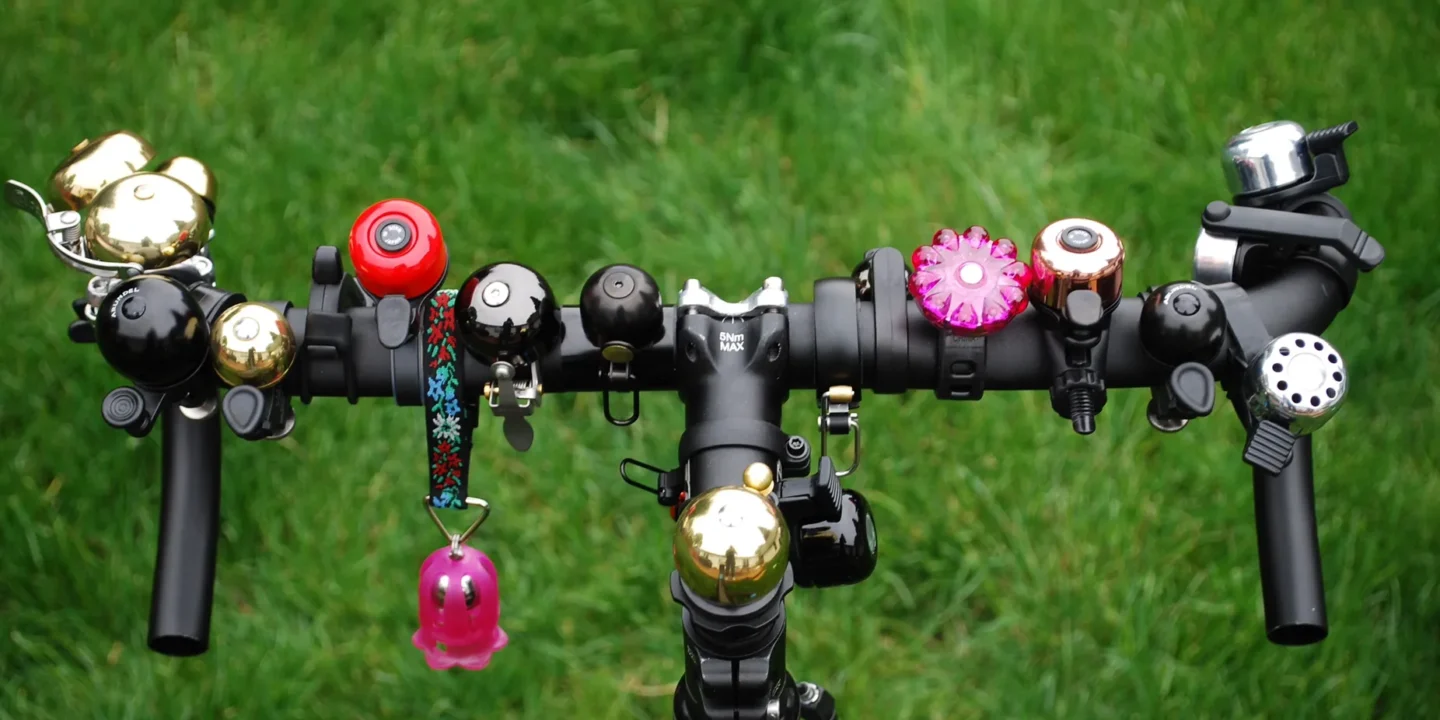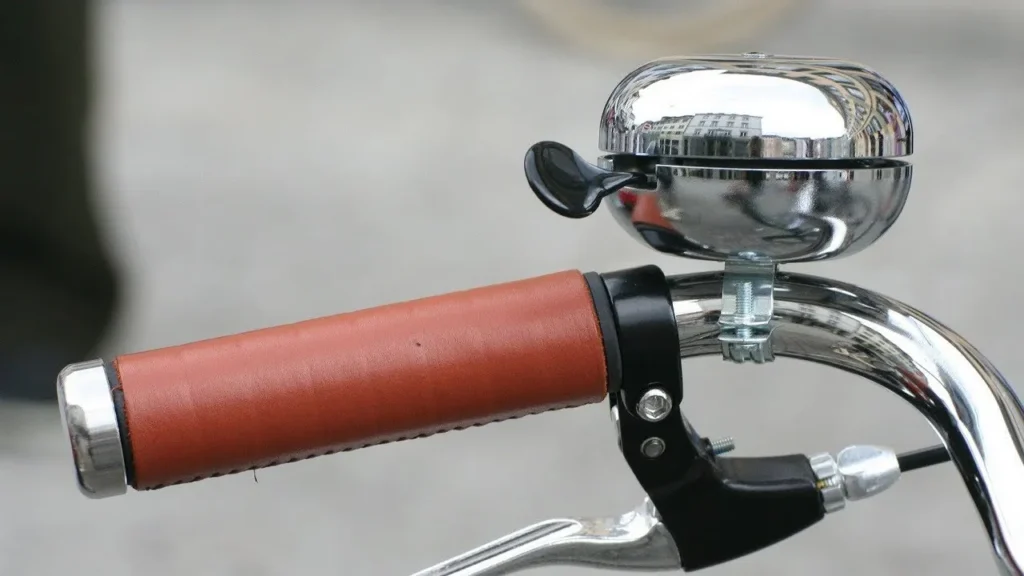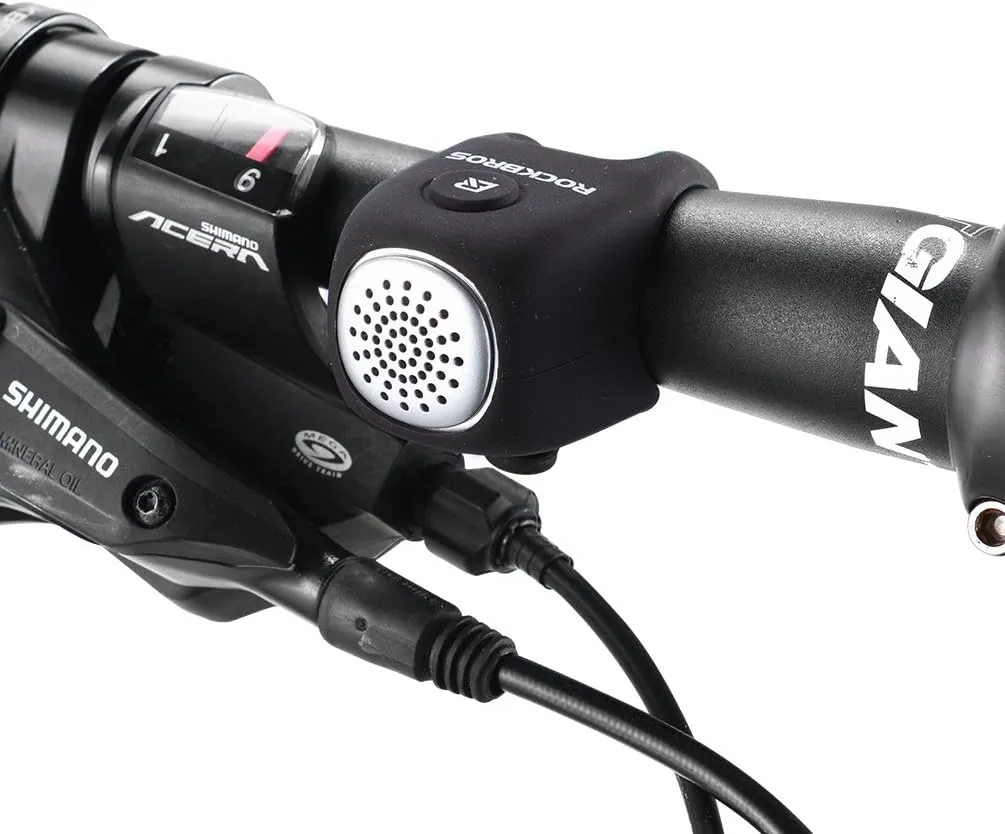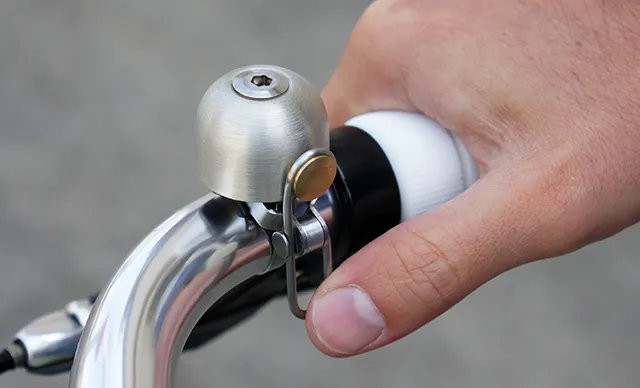
Bicycle bell —small, unassuming, but critical for any cyclist’s toolkit. Whether you’re cruising through bustling city streets or meandering along peaceful trails, that quick ring can make the difference between a smooth ride and a close call. But here’s the dilemma: do you stick with the classic, tried-and-true bell, or embrace the sleek, techy electric version? Let’s dive deep into the evolution of bike bells and see which one fits your ride best.
Table of Contents
- The Bicycle Bell: A Timeless Gadget Reinvented
- Classic Bells: Simple, Sturdy, and Still Going Strong
- The Rise of Electric Bicycle Bells: Loud, Flashy, and Convenient
- Sound Showdown: Traditional vs. Electric
- Installation and Upkeep
- Price Tag Talk: What’s It Going to Cost?
- Who Should Choose What?
- The Eco Angle: Which One’s Greener?
- Final Verdict: Traditional or Electric?
The Bicycle Bell: A Timeless Gadget Reinvented

Let’s throw it back. Bicycle bells have been around since the 1800s, starting as simple metal domes that delivered a crisp “ding” with the flick of a lever. Over the years, designs became more intricate, giving rise to modern, stylish variations. Fast forward to now, and we’re seeing electric bells that bring new features and a techy twist. The humble bell has come a long way, but does the latest version stand up to the original?
Classic Bells: Simple, Sturdy, and Still Going Strong
At the heart of the traditional bicycle bell is a straightforward mechanism: a spring-loaded lever smacks a metal dome and boom—you’ve got sound. Whether it’s made from durable brass, aluminum, or simple plastic, these bells are designed to last. Cyclists love their classic charm, but they’re not just about looks. These bells are reliable little workhorses.
Why Go Old School?
Simplicity and Dependability
Traditional bells have an elegant simplicity. Flick a lever, and the bell does the rest—no batteries, no recharging, just pure, mechanical action. Something is reassuring about knowing it’ll work every time, no matter how long it’s been on your handlebars.
Built to Last
When made from top-notch materials like brass, these bells can withstand years of wear and tear, even through rain, mud, or dirt. They’re the ultimate companion for the outdoorsy cyclist who doesn’t want to fuss over their gear.
The Downsides?
Limited Sound in Noisy Areas
As charming as they are, traditional bells can get drowned out in the hustle and bustle of a busy city. The soft “ding” might not carry far enough when you’re up against honking cars or gusts of wind.
Manual Labor
Okay, maybe “labor” is a stretch, but having to manually flick the lever every time can get a little tedious on long rides. It’s a small effort, but one that adds up when you’re in it for the long haul.
The Rise of Electric Bicycle Bells: Loud, Flashy, and Convenient

Welcome to the future. Electric bicycle bells take the basic concept of the bell and crank up the volume—literally. These battery-powered gadgets offer sounds that are louder and more customizable than their traditional counterparts. Plus, instead of flicking a lever, you just press a button, and voilà, instant noise.
The Electric Edge
Crank Up the Volume
Need to cut through the cacophony of city traffic? Electric bells blast out sounds loud enough to grab attention, even in the busiest environments. Many models let you tweak the volume or switch up the sounds, giving you everything from a polite chime to a full-blown siren.
Push-Button Convenience
One press of a button, and you’re golden. Electric bells make it easy to alert pedestrians or fellow riders without taking your hands too far off the handlebars. Long-distance cyclists especially appreciate the ease of use on longer trips.
The Trade-offs
Battery Blues
Electric bells depend on batteries, and we all know what that means: if the battery dies mid-ride, you’re bell-less. Suddenly, that fancy gadget feels a lot less reliable. Recharging or replacing batteries adds a level of upkeep that traditional bells just don’t require.
Pricey Tech
Let’s face it—electric bells don’t come cheap. They can cost significantly more than the standard variety, so you’ll need to weigh whether the added convenience is worth the extra cash.
Sound Showdown: Traditional vs. Electric


When it comes to sound, electric bells win for sheer volume. They’re designed to cut through city noise, which is a must if you’re commuting through chaotic streets. On the flip side, traditional bells offer a more soothing tone, which is perfect for quiet parks or suburban areas. It’s the difference between shouting and politely clearing your throat.
Installation and Upkeep
Whether you’re opting for electric or traditional, both types of bells are generally simple to install. Traditional bells usually just need a screw tightened around the handlebars. Electric models, however, might involve some extra steps, particularly if there are wires involved. Once installed, traditional bells are virtually maintenance-free. Electric bells, though, demand a little more attention—you’ll need to keep an eye on battery levels and recharging cycles.
Price Tag Talk: What’s It Going to Cost?
Traditional Bells
You can score a solid traditional bell for as little as $5, with high-end models maxing out around $20. These bells are affordable, no-fuss, and get the job done.
Electric Bells
Electric bells, on the other hand, tend to start at around $20 and can shoot up to $50 or more for the feature-packed versions. If customization and louder sounds are a priority, you’ll be paying a premium for it.
Who Should Choose What?
Best for Traditional Bells
If you’re a casual cyclist cruising through parks or quiet neighborhoods, a traditional bell is your go-to. It’s reliable, durable, and doesn’t need constant attention. Perfect for the minimalist who just needs a simple tool that works.
Recommended brands:
- Knog Oi Classic Bell: Sleek, durable, and offers a clear tone.
- Mirrycle Incredibell: Affordable, classic design, perfect for casual riders.
Best for Electric Bells
For urban commuters, road cyclists, or anyone who needs to be heard over the din of traffic, the electric bell is the winner. Its louder sound output and hands-free operation make it ideal for fast-paced, noisy environments.
Recommended brands:
- Hornit dB140 Bike Horn: One of the loudest electric bike horns, ideal for city riding.
The Eco Angle: Which One’s Greener?
Traditional bells take the sustainability trophy. They’re durable and don’t require batteries, meaning they won’t contribute to the growing problem of electronic waste. Electric bells, with their reliance on batteries, come with a higher environmental cost, especially if batteries aren’t disposed of properly.
Final Verdict: Traditional or Electric?
It all comes down to your needs. If you value simplicity, durability, and a bit of classic charm, stick with a traditional bell. But if you crave louder sound, convenience, and the ability to cut through the noise of an urban jungle, an electric bell might just be your new best friend. Either way, you’re making the road safer for everyone, and that’s the real win.








